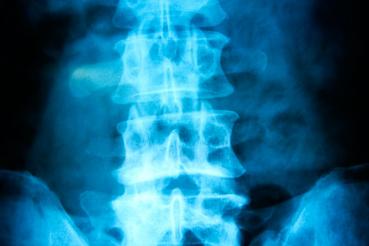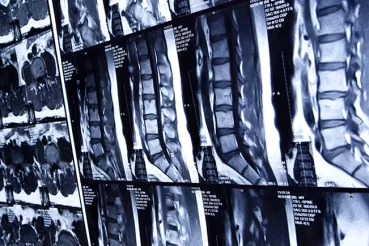"Most people with back pain tend to blame it on one thing they did or didn't do," says Sheila Dugan, MD, a physical medicine and rehabilitation specialist at Rush University Medical Center. "But it's usually the buildup of a number of factors that is responsible."
On the other hand, she adds, a number of simple daily habits can also help prevent or minimize the problem.
To help stave off back pain or ease the pain you already experience, Dugan suggests the following adjustments in your daily life:
1. Stand up straight.
When standing, keep your back straight and distribute your weight evenly between your toes and heels.
2. Use proper lifting technique.
When picking something up, take a wide stance and bend using your knees and hips instead of bending from the waist.
3. Don't cross your legs.
When sitting, make sure your feet are flat on the floor. Crossing your legs puts pressure on your lower back.
4. Practice good computer posture.
When working at the computer, make sure the computer screen is at eye level so that you don't tilt your chin up. If you use a laptop, prop it up so that the screen is at eye level and set up an external keyboard and mouse that allows your elbows to sit at a 90 degree angle.
5. Lighten your load.
When carrying a bag or purse, make sure that you're carrying less than 10 percent of your body weight. (For example, if you weigh 130 pounds, your bag or purse should weigh less than 13 pounds.) If you need to carry heavy items, place them toward the bottom of the bag and alternate your bag between shoulders throughout the day.
In addition to developing these habits, other good preventive strategies include the following:
- Maintaining a healthy weight
- Not smoking
- Strengthening your core muscles, which can prevent pain caused by straining some muscles to compensate for the weakness of others.
If you have persistent back pain, or if back pain is keeping you from working or being active, Dugan recommends getting help, and seeing a physiatrist is a great first step.
Physiatrists use nonsurgical approaches to address a full range of issues, from back pain to pelvic floor issues to migraines. They will assess your pain, figure out what's causing it, come up with a plan to relieve it (or refer you to a surgeon if the issue does require surgery) and educate you on how to keep it from coming back.




